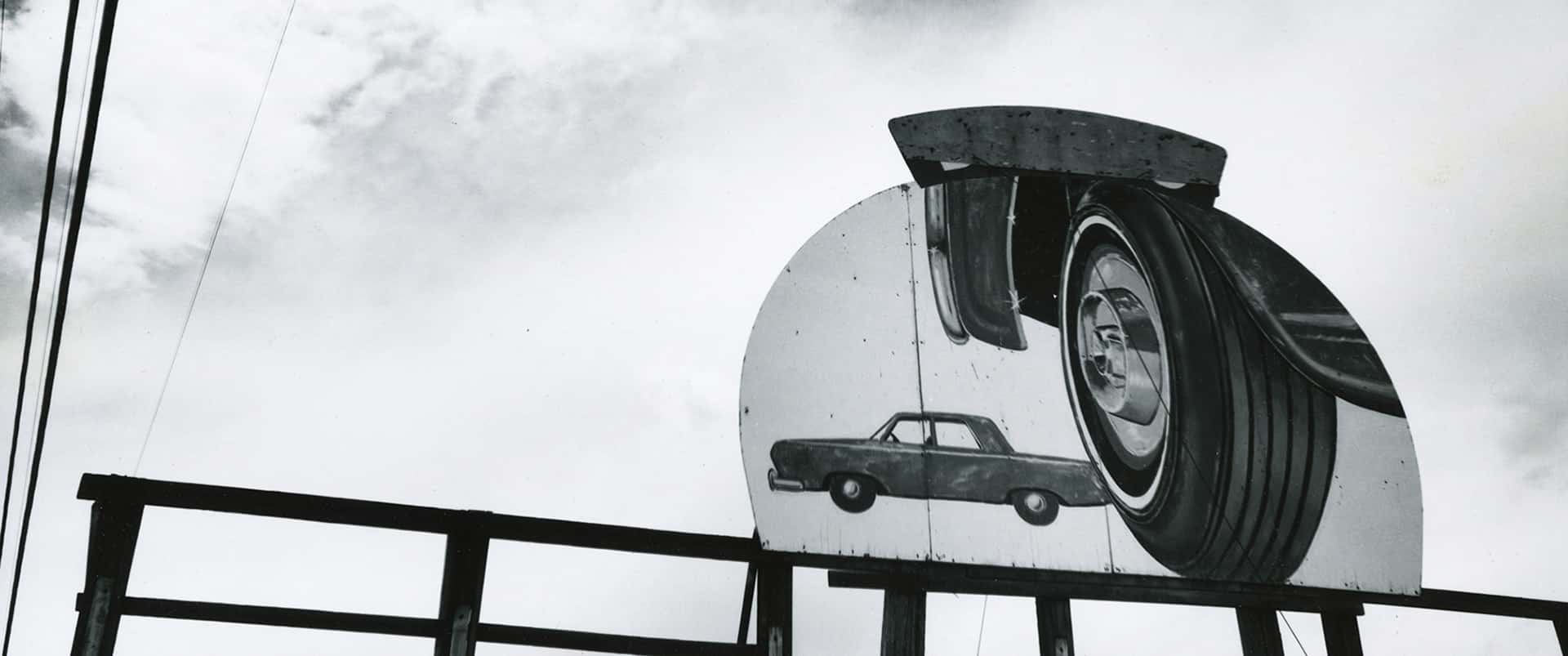A new gallery show in La Jolla, California showcases Estabrook’s images from the 1970s, taken from multiple road trips across the country.

You’re getting blind.
Don’t miss the best of visual arts. Subscribe for $9 per month or $108 $90 per year.
Already suscribed ?
Read more: Raymond Depardon: Spotlight on America



